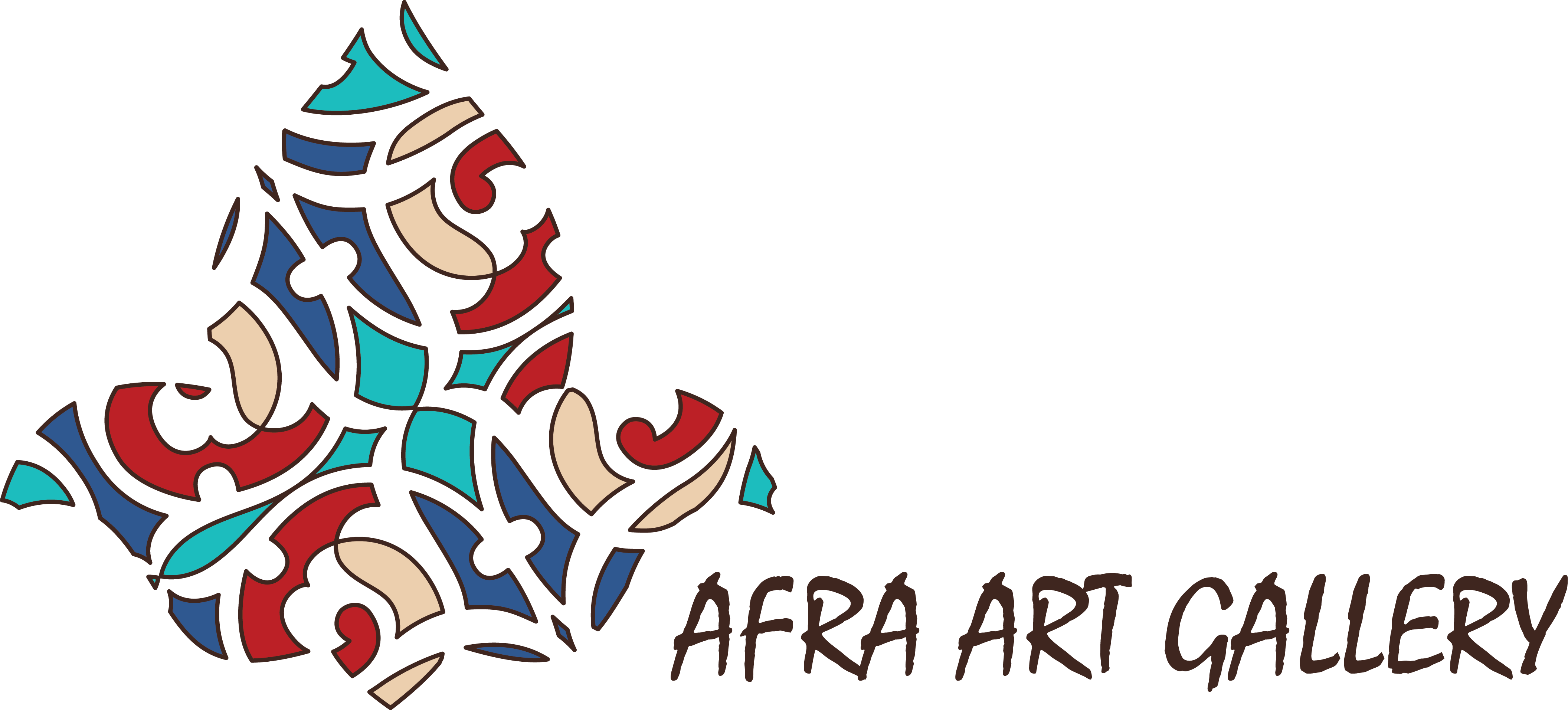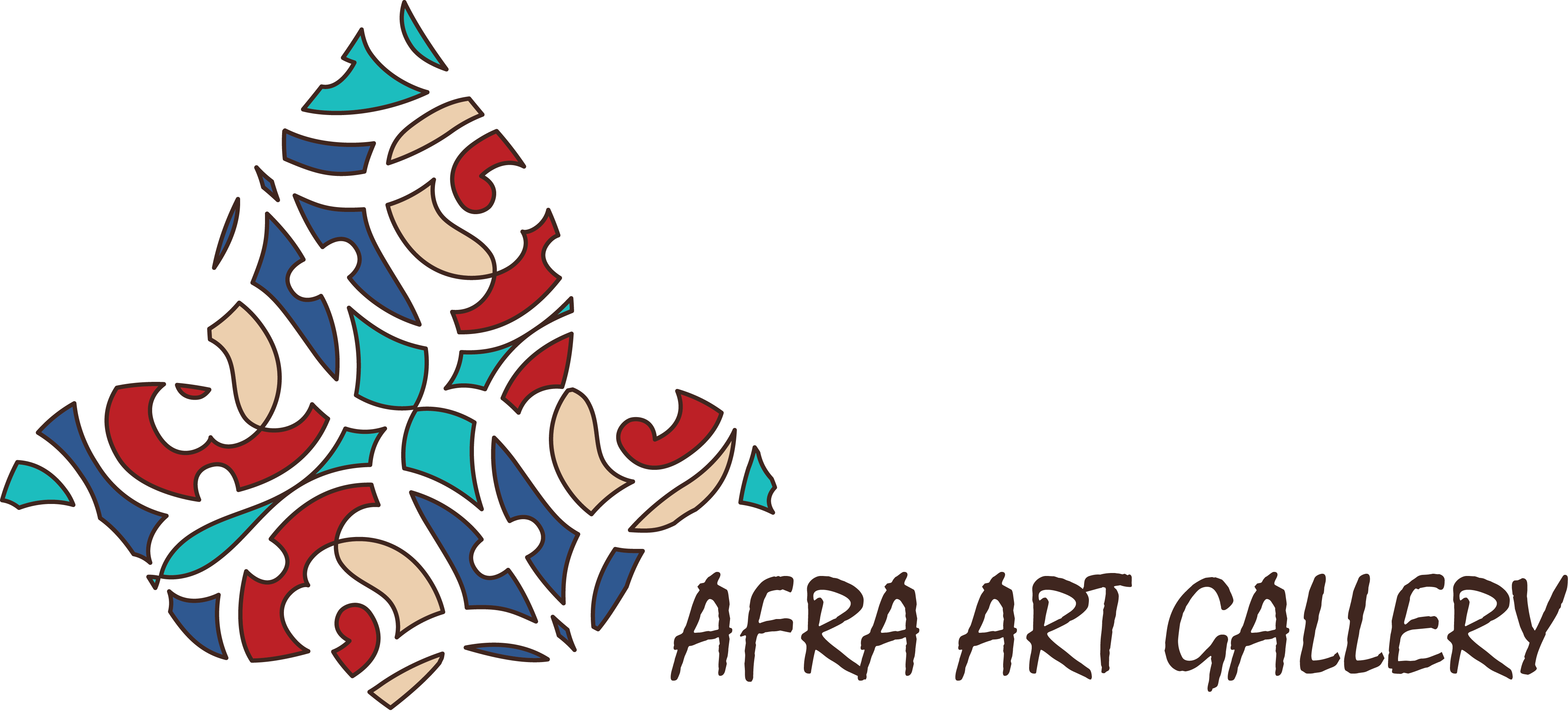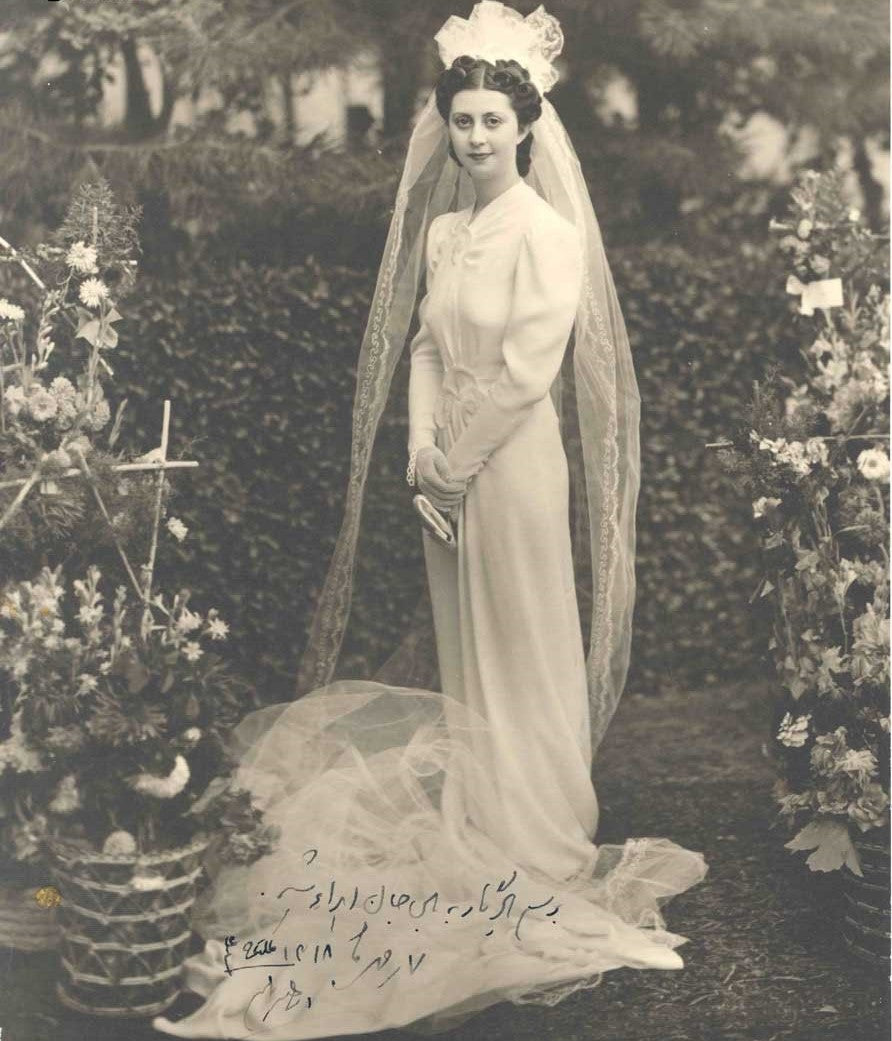
A little about history!
Here, I am going to introduce four traditional Iranian arts which are used in producing AFRARTGALLERY collections.
Baluchdozi:
Needlework, also known as Baluchi sewing, is an ancient artistic expression from Baluchestan, Iran mainly inspired by Baluchi women's dreams. Based on recent findings in northern Iran, this art is as old as eight thousand years. As it appears, the cattle-raising people who lived in Kamarband cave in the region would use the fleece obtained from sheep shearing to weave fabric using specific needles. This would leave the fabric filled with colorful stitches. Sewing small round mirrors onto the fabric is called mirror work. Baluchi needlework along with mirror work results in a wonderful reflection of various colors besides various motifs. The fabrics used should be cotton with big fibers and the thread used is silk.

Ghalamzani:
Engraving on metal is an ancient metal work in Iran. Engraving is, in fact, the art of carving various motifs and shapes on metals, especially copper, gold, silver, and brass with an engraving pen and hammer. Engraving on metal in Iran is as old as 17th century BC and archaeological excavations have found Hassanlu Golden Bowl which is 3200 years old. To do metal engraving, the inner side of the work is initially covered with a layer of gypsum or tar to lessen the noise resulting from hammering. This also prevents the metal from being torn while hammering. Afterward, the desired motif which is painted on a parchment paper is printed on the metal. In the next stage, the proper pen is selected to be hammered onto the surface. Once the desired shapes are created onto the metal, the metal sheet is heated to remove the tar. The engraved patterns are covered by charcoal dust and black varnish oil. Hence, hammered motifs can be seen as black lines and stand out.

Minakari:
Enamel work is an artistic expression of fire and earth. Metals (or sometimes glass and ceramic) are decorated with the mate or transparent colorful materials using fire. This art involves complex chemical reactions and is, in fact, the combination of some salt with metal oxides due to heating. This art goes as far back to five thousand years ago. A gold enamel-work bracelet (Oxus treasure) has been recovered from the Achaemenid era, which is now in London Museum. This art has very well been preserved and expressed in Iran.

Negargari
Negargari or Iranian painting (sometimes called Persian Miniature)is very well known for the bird and the flower motif. In these motifs, the bird and the flower are just like the lover and the beloved. Painting the bird and the flower is not realistic and thus the artist freely chooses the colors to create these images. The commonly seen bird-and-flower motif of today is almost five hundred years old. This design has been in use to decorate jewelry boxes, mirror frames, and tiles.

Aineh -Kari (mirror mosaics)
Ayineh-Kari is the art of performing geometric motifs by setting up the cut-out mirror pieces for interior decoration. It is often seen in the interior decoration of Iranian buildings, especially religious sites, palaces, and historic mansions. Ayineh-kari is one of the most beautiful traditional arts in Iran, which began in the Sassanid period and reached its peak during the Safavid and Qajar eras. Mirrors, which at the time had silver backing (rather than the modern mercury and tin), were expensive, imported from Europe, and would sometimes break in transit. In an effort to avoid wasting this precious material, Persian artisans began creating complex mirror mosaics that could make use of even the smallest shard. “The very space seemed on fire, the lamps blazing in hundreds of thousands of reflections, I imagined myself standing inside a many-faceted diamond and looking out at the sun.” These are the words of Monir Farmanfarmaian, a contemporary Iranian artist, who describes how she was inspired by the mirrors artwork in Shah-Cheragh building, an old Persian masque when she was young.





Leave a comment
This site is protected by hCaptcha and the hCaptcha Privacy Policy and Terms of Service apply.